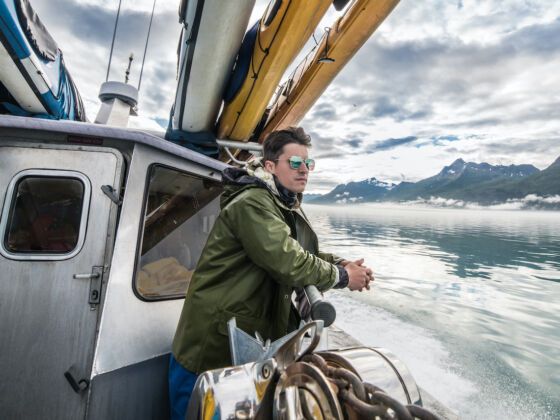FIFTEEN OR TWENTY YEARS ago, thousands upon thousands of college-age kids migrated to Bristol Bay and Cook Inlet in the late spring, pitched tents in parking lots, and beat the docks until they secured a site on a drift boat or seiner. In those days the salmon runs were incredibly strong, the ex-vessel price was over $3.00/lb., and work abounded.
If you couldn’t find a site, then the tender vessel or the cannery certainly had a position for you – a less lucrative one to be sure, but good work nonetheless. Crab fishing in the wintertime offered similar opportunity. A young man could get on a plane in Anchorage and have a job before he landed in Dutch Harbor.
